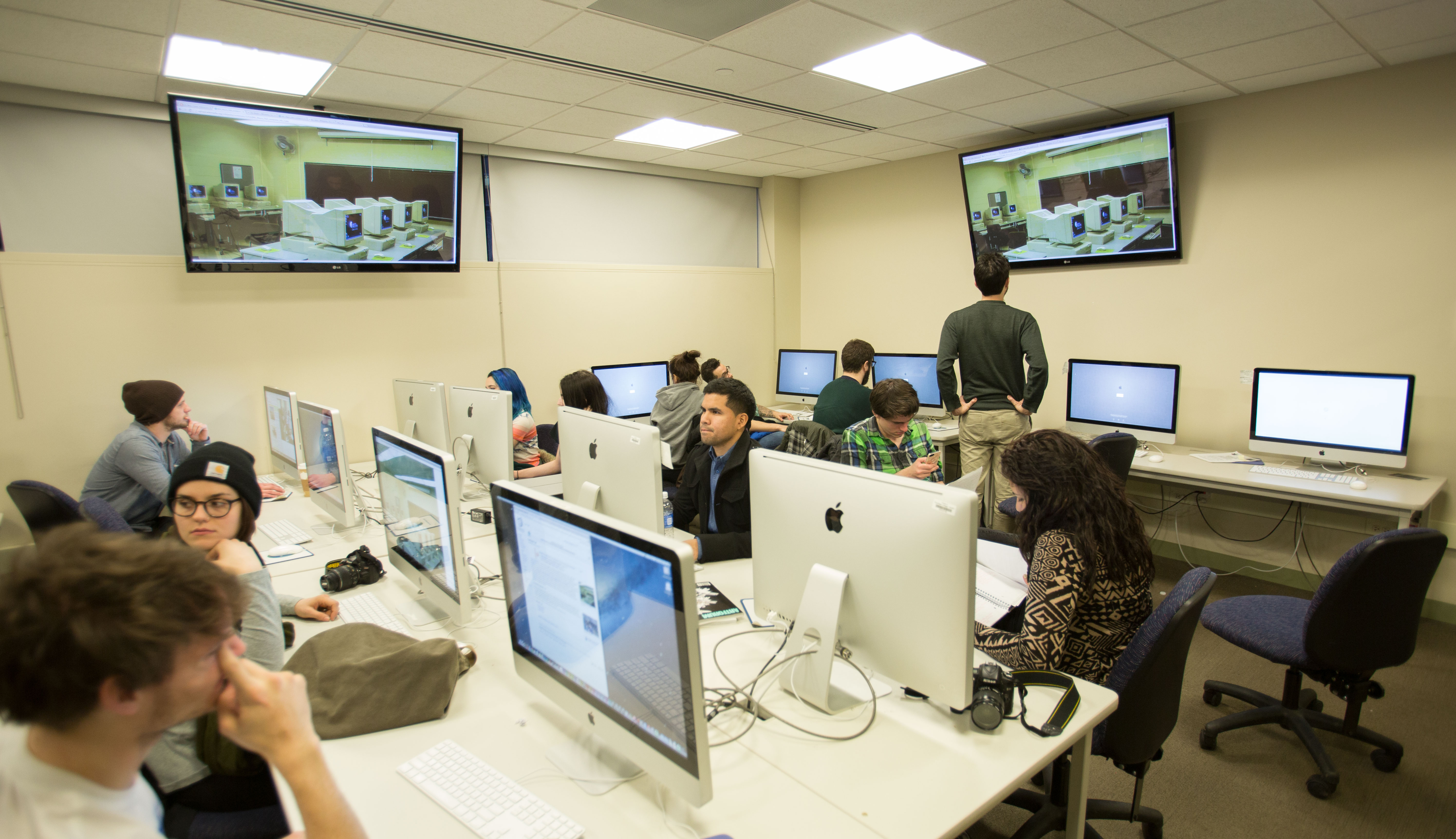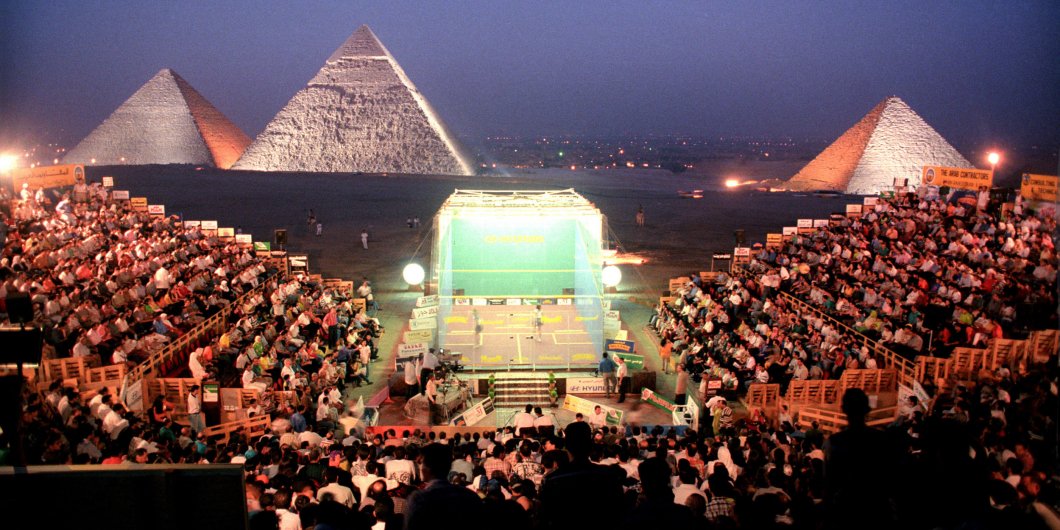|
Jordan University Of Science And Technology
The Jordan University of Science and Technology ( ar, جامعة العلوم والتكنولوجيا الأردنية ''Jami'at Al-Ulum wa Al-Tiknolojia Al-Urdunia''), often abbreviated JUST, is a state-supported university located on the outskirts of Irbid, at Ar Ramtha in northern Jordan. The University comprises twelve faculties that offer a spectrum of undergraduate and higher study programs, in addition to King Abdullah University Hospital which is a tertiary teaching hospital affiliated with JUST and located within its campus. History Having its roots at Yarmouk University in Irbid, a royal decree was issued in 1986 to establish JUST, which emerged as an independent university on September 1, 1986. JUST detached five faculties from Yarmouk University to form its academic nucleus. These faculties were: Faculty of Medicine, Faculty of Dentistry, Faculty of Pharmacy, Faculty of Nursing and Faculty of Engineering. Consecutively added to these faculties were the Faculty ... [...More Info...] [...Related Items...] OR: [Wikipedia] [Google] [Baidu] |
Public University
A public university or public college is a university or college that is in owned by the state or receives significant public funds through a national or subnational government, as opposed to a private university. Whether a national university is considered public varies from one country (or region) to another, largely depending on the specific education landscape. Africa Egypt In Egypt, Al-Azhar University was founded in 970 AD as a madrasa; it formally became a public university in 1961 and is one of the oldest institutions of higher education in the world. In the 20th century, Egypt opened many other public universities with government-subsidized tuition fees, including Cairo University in 1908, Alexandria University in 1912, Assiut University in 1928, Ain Shams University in 1957, Helwan University in 1959, Beni-Suef University in 1963, Zagazig University in 1974, Benha University in 1976, and Suez Canal University in 1989. Kenya In Kenya, the Ministry of Ed ... [...More Info...] [...Related Items...] OR: [Wikipedia] [Google] [Baidu] |
Reservoir (Jordan University Of Science And Technology)
A reservoir (; from French ''réservoir'' ) is an enlarged lake behind a dam. Such a dam may be either artificial, built to store fresh water or it may be a natural formation. Reservoirs can be created in a number of ways, including controlling a watercourse that drains an existing body of water, interrupting a watercourse to form an embayment within it, through excavation, or building any number of retaining walls or levees. In other contexts, "reservoirs" may refer to storage spaces for various fluids; they may hold liquids or gases, including hydrocarbons. ''Tank reservoirs'' store these in ground-level, elevated, or buried tanks. Tank reservoirs for water are also called cisterns. Most underground reservoirs are used to store liquids, principally either water or petroleum. Types Dammed valleys Dammed reservoirs are artificial lakes created and controlled by a dam constructed across a valley, and rely on the natural topography to provide most of the basin of the res ... [...More Info...] [...Related Items...] OR: [Wikipedia] [Google] [Baidu] |
Computer Laboratory
A computer lab is a space where computer services are provided to a defined community. These are typically public libraries and academic institutions. Generally, users must follow a certain user policy to retain access to the computers. This usually consists of rules such as no illegal activity during use or attempts to circumvent any security or content-control software while using the computers. Computer labs are often subject to time limits to allow more people access to use the lab. It is also common for personal login credentials to be required for access. This allows institutions to track the user's activities for any possible fraudulent use. The computers in computer labs are typically equipped with internet access, scanners, and printers and are typically arranged in rows. This is to give the workstation a similar view to facilitate lecturing or presentations, and also to facilitate small group work. For some academic institutions, student laptops or laptop carts ... [...More Info...] [...Related Items...] OR: [Wikipedia] [Google] [Baidu] |
Periodicals
A periodical literature (also called a periodical publication or simply a periodical) is a published work that appears in a new edition on a regular schedule. The most familiar example is a newspaper, but a magazine or a Academic journal, journal are also examples of periodicals. These publications cover a wide variety of topics, from academic, technical, trade, and general interest to leisure and entertainment. Article (publishing), Articles within a periodical are usually organized around a single main subject or theme and include a title, date of publication, author(s), and brief summary of the article. A periodical typically contains an editorial section that comments on subjects of interest to its readers. Other common features are reviews of recently published books and films, columns that express the author's opinions about various topics, and advertisements. A periodical is a serial publication. A book is also a serial publication, but is not typically called a periodical ... [...More Info...] [...Related Items...] OR: [Wikipedia] [Google] [Baidu] |
Medical Halls (Jordan University Of Science And Technology)
Medicine is the science and practice of caring for a patient, managing the diagnosis, prognosis, prevention, treatment, palliation of their injury or disease, and promoting their health. Medicine encompasses a variety of health care practices evolved to maintain and restore health by the prevention and treatment of illness. Contemporary medicine applies biomedical sciences, biomedical research, genetics, and medical technology to diagnose, treat, and prevent injury and disease, typically through pharmaceuticals or surgery, but also through therapies as diverse as psychotherapy, external splints and traction, medical devices, biologics, and ionizing radiation, amongst others. Medicine has been practiced since prehistoric times, and for most of this time it was an art (an area of skill and knowledge), frequently having connections to the religious and philosophical beliefs of local culture. For example, a medicine man would apply herbs and say prayers for healing, or an anci ... [...More Info...] [...Related Items...] OR: [Wikipedia] [Google] [Baidu] |
Squash (sport)
Squash is a racket-and- ball sport played by two or four players in a four-walled court with a small, hollow, rubber ball. The players alternate in striking the ball with their rackets onto the playable surfaces of the four walls of the court. The objective of the game is to hit the ball in such a way that the opponent is not able to play a valid return. There are about 20 million people who play squash regularly world-wide in over 185 countries. The governing body of Squash, the World Squash Federation (WSF), is recognized by the International Olympic Committee (IOC), but the sport is not part of the Olympic Games, despite a number of applications. Supporters continue to lobby for its incorporation in a future Olympic program. The Professional Squash Association (PSA) organizes the pro tour. History Squash has its origins in the older game of rackets which was played in London's prisons in the 19th century. Later, around 1830, boys at Harrow School noticed that a punctured b ... [...More Info...] [...Related Items...] OR: [Wikipedia] [Google] [Baidu] |
Jordan University Of Science And Technology
The Jordan University of Science and Technology ( ar, جامعة العلوم والتكنولوجيا الأردنية ''Jami'at Al-Ulum wa Al-Tiknolojia Al-Urdunia''), often abbreviated JUST, is a state-supported university located on the outskirts of Irbid, at Ar Ramtha in northern Jordan. The University comprises twelve faculties that offer a spectrum of undergraduate and higher study programs, in addition to King Abdullah University Hospital which is a tertiary teaching hospital affiliated with JUST and located within its campus. History Having its roots at Yarmouk University in Irbid, a royal decree was issued in 1986 to establish JUST, which emerged as an independent university on September 1, 1986. JUST detached five faculties from Yarmouk University to form its academic nucleus. These faculties were: Faculty of Medicine, Faculty of Dentistry, Faculty of Pharmacy, Faculty of Nursing and Faculty of Engineering. Consecutively added to these faculties were the Faculty ... [...More Info...] [...Related Items...] OR: [Wikipedia] [Google] [Baidu] |
Amman
Amman (; ar, عَمَّان, ' ; Ammonite language, Ammonite: 𐤓𐤁𐤕 𐤏𐤌𐤍 ''Rabat ʻAmān'') is the capital and largest city of Jordan, and the country's economic, political, and cultural center. With a population of 4,061,150 as of 2021, Amman is Jordan's primate city and is the List of largest cities in the Levant region by population, largest city in the Levant region, the list of largest cities in the Arab world, fifth-largest city in the Arab world, and the list of largest metropolitan areas of the Middle East, ninth largest metropolitan area in the Middle East. The earliest evidence of settlement in Amman dates to the 8th millennium BC, in a Neolithic site known as ʿAin Ghazal, 'Ain Ghazal, where the world's ʿAin Ghazal statues, oldest statues of the human form have been unearthed. During the Iron Age, the city was known as Rabat Aman and served as the capital of the Ammon, Ammonite Kingdom. In the 3rd century BC, Ptolemy II Philadelphus, Pharaoh of Ptole ... [...More Info...] [...Related Items...] OR: [Wikipedia] [Google] [Baidu] |
University Campus
A campus is traditionally the land on which a college or university and related institutional buildings are situated. Usually a college campus includes libraries, lecture halls, residence halls, student centers or dining halls, and park-like settings. A modern campus is a collection of buildings and grounds that belong to a given institution, either academic or non-academic. Examples include the Googleplex and the Apple Campus. Etymology The word derives from a Latin word for "field" and was first used to describe the large field adjacent Nassau Hall of the College of New Jersey (now Princeton University) in 1774. The field separated Princeton from the small nearby town. Some other American colleges later adopted the word to describe individual fields at their own institutions, but "campus" did not yet describe the whole university property. A school might have one space called a campus, another called a field, and still another called a yard. History The tradition of a campu ... [...More Info...] [...Related Items...] OR: [Wikipedia] [Google] [Baidu] |
Kamel Ajlouni
Kamel Mohammed Saleh Ajlouni, M.D. ( ar, كامل عجلوني, born 1943 in Sariyyeh, Jordan) is a physician in the field of endocrinology. He earned a doctor of medicine degree from the Heidelberg University School of Medicine in 1967. Ajlouni became professor of endocrinology in the Department of Internal medicine at the University of Jordan in 1985. Professor Ajlouni has written more than 120 professional papers in the field of endocrinology. In recognition of his contributions, the American Association of Clinical Endocrinologists presented him with the International Clinician Award in 2008. Ajlouni has worked in numerous posts, mainly as minister of health from 1984 to 1985. He is one of the founders of the Jordan University of Science and Technology and was its president from 1986 to 1995. Ajlouni is the president of the National Center for Diabetes, Endocrinology & Genetics in Jordan since 1996. Professor Ajlouni was also a senator in the Jordanian Congress from 1996 to 20 ... [...More Info...] [...Related Items...] OR: [Wikipedia] [Google] [Baidu] |
Academic Degree
An academic degree is a qualification awarded to students upon successful completion of a course of study in higher education, usually at a college or university. These institutions commonly offer degrees at various levels, usually including undergraduate degrees, master's, and doctorates, often alongside other academic certificates and professional degrees. The most common undergraduate degree is the bachelor's degree, although in some countries there are lower level higher education qualifications that are also titled degrees (e.g. associate degrees and foundation degrees). History Emergence of the doctor's and master's degrees and the licentiate The doctorate (Latin: ''doceo'' "I teach") appeared in medieval Europe as a license to teach (Latin: ''licentia docendi'') at a medieval university. Its roots can be traced to the early church when the term "doctor" referred to the Apostles, church fathers and other Christian authorities who taught and interpreted the Bible ... [...More Info...] [...Related Items...] OR: [Wikipedia] [Google] [Baidu] |
.jpg)







